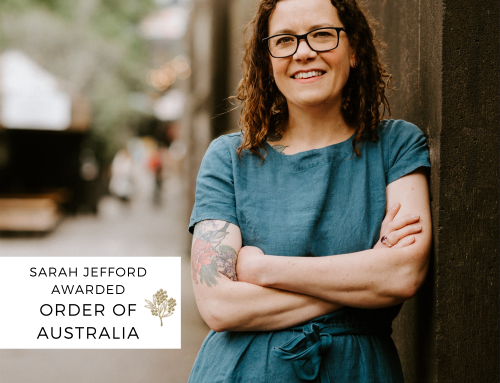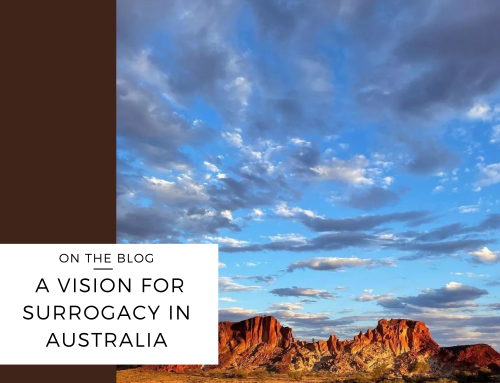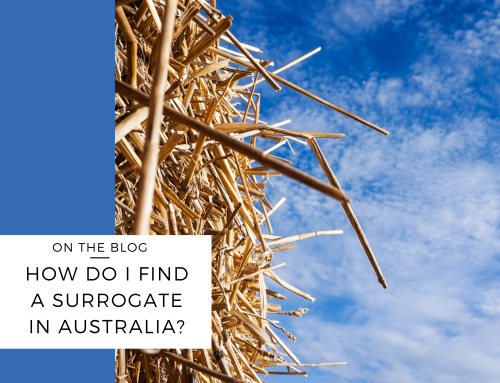I’ve been thinking a lot lately about birth certificates, and donor conception and surrogacy, after attending the AFCC Conference in Sydney and listening to many donor-conceived people speak about their experiences and identity. What is a birth certificate? According to the Oxford Dictionary, birth certificates are an official document issued to record a person’s birth and identify them by name, place, date of birth, and parentage. People use them for identity documents, and as a record of where they’ve come from.
So really, they belong to the person who is birthed, not to the parents. I remember my parents keeping my original birth certificate safe, together with my sibling’s birth certificates and other important documents. One by one, as we reached 18 and went out into the world on our own, we were handed our birth certificate and told to go and register for our own Medicare card. A right of passage for most kids reaching adulthood.
So if a birth certificate is a record of birth and parentage, what happens in a surrogacy birth when the birth certificate (recording the birth parents) is changed to list the intended parents? And what of any donors, who also represent part of a person’s parentage?
Many donor-conceived people argue that the birth certificate should reflect parentage, including donors and birth parents. Many adopted people also believe the birth certificate should reflect the record of birth. Changing the birth certificate is seen by many people as an act of erasure, deleting a person’s birth heritage and replacing it with something else. Donor-conceived people have varying views on the issue, but one thing they usually agree on – accurate records is important for them and their identity.
One argument is that birth certificates should not be changed through a Parentage Order in a surrogacy arrangement. Instead, the Parentage Order itself should serve as a record of the transfer of parentage from birth parents to intended parents. The intended parents can use the birth certificate and/or the Parentage Order as evidence of them being the child’s parents, and for identity purposes such as applying for a passport or enrolling the child in school.
Another option is that birth certificates could list more than two people – for example, the birth parents, the intended parents, and any donors. The only argument I can think of against this option is the issue of privacy – that if people are using birth certificates as an identity document, then the fact that they are donor or surrogacy conceived is a private matter for them and their family, as well as for donors and their families. But then, most people are only showing their birth certificate to government agencies when they need to prove identity, so is that a real problem?
I have mixed feelings about this issue. On the one hand, I found it a bit strange to see my name and my partner’s name on the birth certificate for the surro-baby I birthed, because I didn’t feel like her mother and my partner had not contributed any genetic material to her conception. We had not created the child together and we didn’t feel like her parents. I was excited for the intended parents to be listed and recognised as her parents. But at the same time, it seems strange that the birth certificate does not list the person who birthed her. I wonder if one of the alternative options above might have allowed for all of us to be recognised without deleting anyone or limiting the number of people listed. It’s her birth certificate, so should it not reflect her parentage, in all its forms?
New South Wales has paved the way for adopted people to have an integrated birth certificate, listing birth parents and adoptive parents on the birth certificate, as well as a birth certificate listing only the adoptive parents.
I’m interested in what others think about this issue. How do you think we should be recording birth parents, donors and intended parents? Should we change birth certificates, or leave them as they are? Should we list more than two parents on a birth certificate?
If you are new to surrogacy, you can read about how to find a surrogate, or how to become a surrogate yourself. You can also download the free Surrogacy Handbook which explains the processes and options.
I have published a book, More Than Just a Baby: A Guide to Surrogacy for Intended Parents and Surrogates, the only guide to surrogacy in Australia.
You can find more information in the free Surrogacy Handbook, reading articles in the Blog, by listening to more episodes of the Podcast. You can also book in for a consult with me below.








